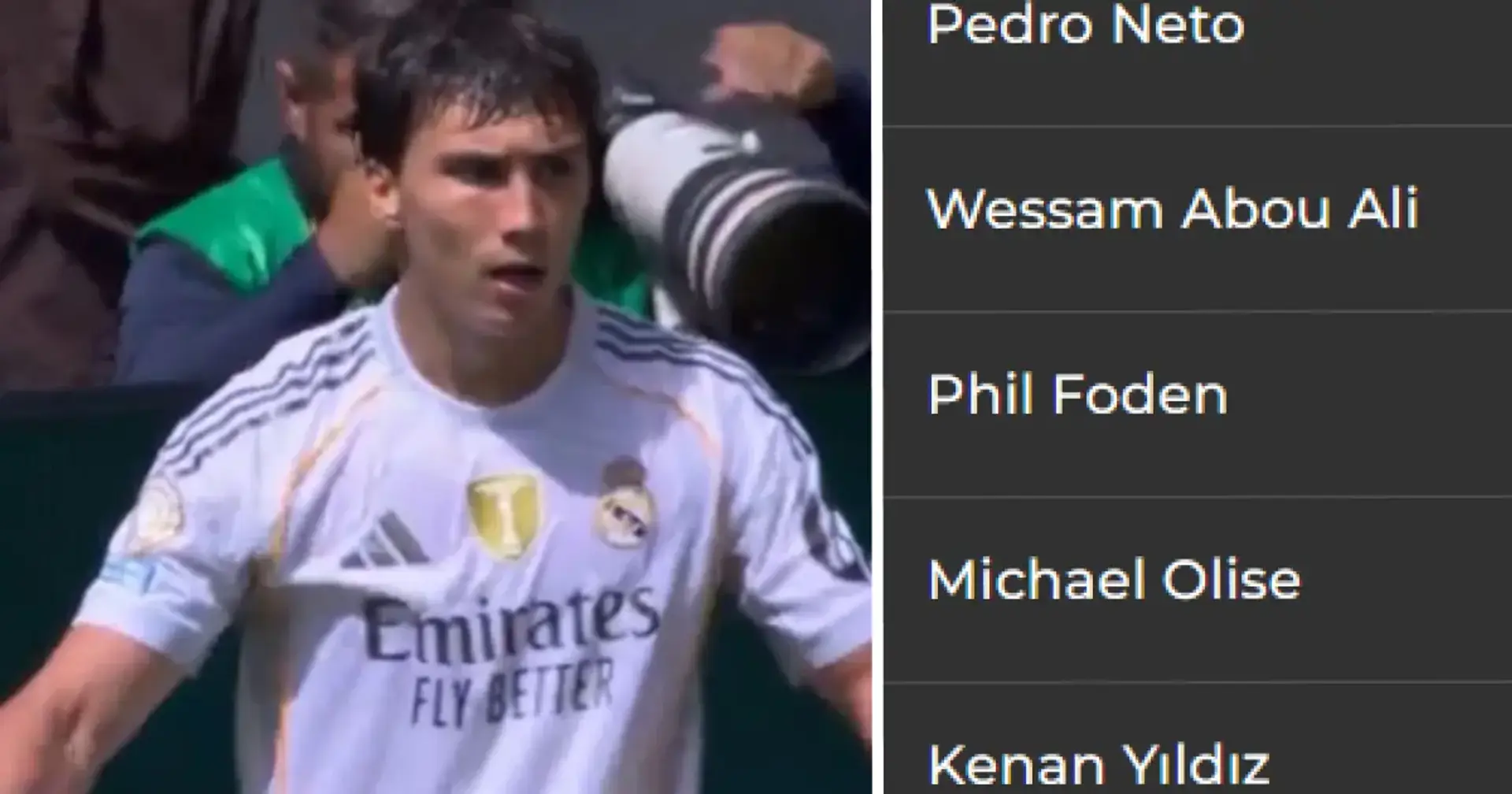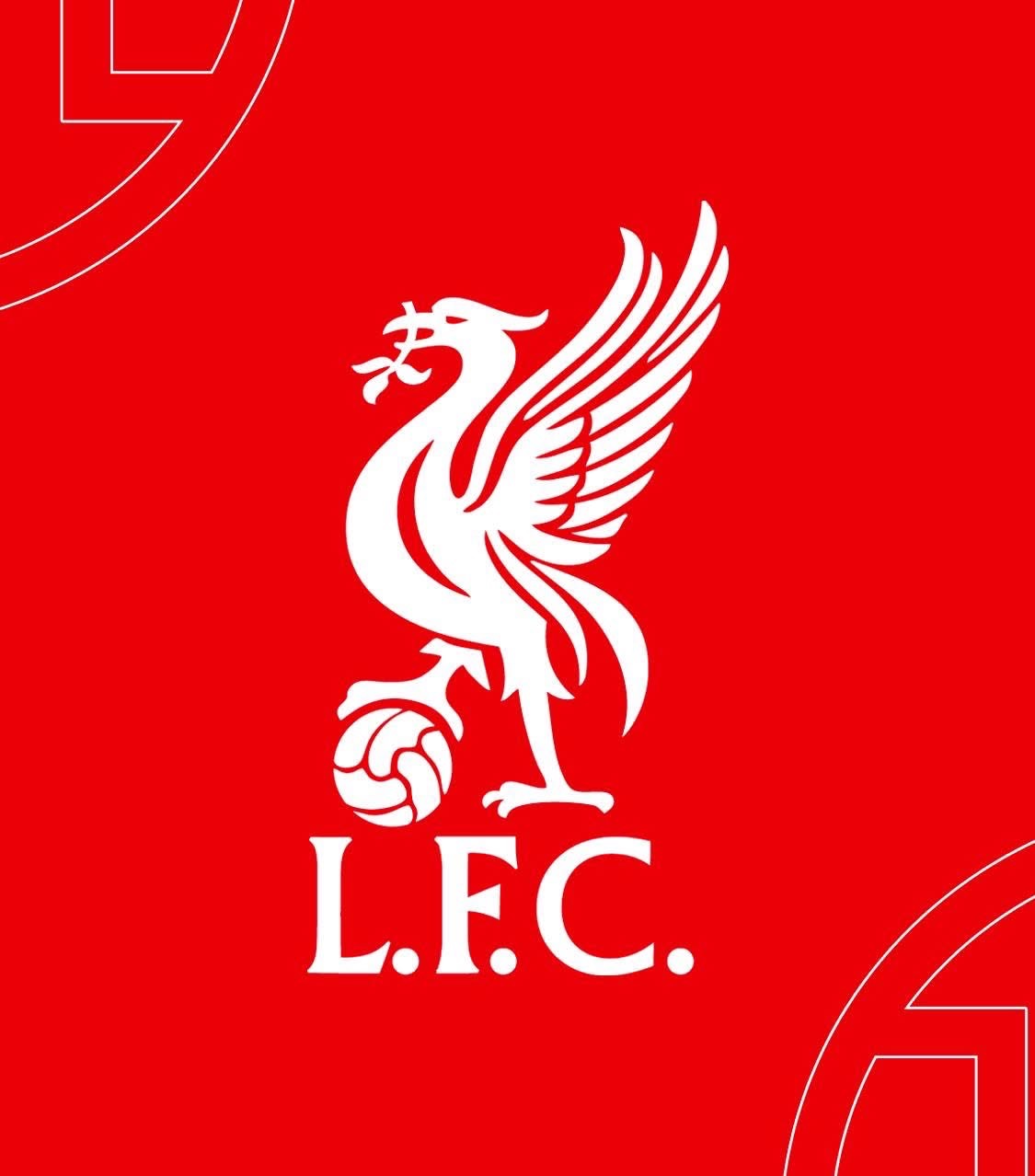Real Madrid’s performance in their opening match fell well below the expectations of both fans and critics. The main reason for this subdued display was Xavi’s approach to the game. He treated the encounter more like a tactical training session rather than a high-stakes contest, as he continues to build and shape his team’s identity. One clear example of this was the “eight-second rule,” a principle that had been drilled in training and became visible throughout the game, particularly during the first half. While this might have pleased analysts and tacticians observing the progress of his project, it did little to satisfy fans who came hoping for goals, pace, sharp movement, and direct attacking football.
Beyond the tactical choices, physical fitness—or the lack of it—played a crucial role in limiting Real Madrid’s ability to impose themselves. Many players appeared to be short of energy, which prevented them from applying the intense pressing required to disrupt a well-organized opponent. Without that extra burst of stamina, the team struggled to create moments of surprise or force errors from a compact defensive block. The difference became clear when Kylian Mbappé, arguably the only player at peak fitness, won a penalty through sheer physical sharpness and determination. His effort highlighted what the rest of the team was lacking.
Another noticeable issue was the absence of midfielders capable of consistently breaking through the opposition’s defensive lines. Players like Jude Bellingham or even young Arda Güler have shown that they can disrupt defensive structures with their creativity and movement, yet their influence was minimal today. Bellingham, expected to be a driving force, struggled to make a decisive impact, while Arda, who usually thrives when positioned on the right, was instead deployed on the left—an unusual tactical decision that limited his effectiveness. With both of these outlets subdued, Madrid lacked the spark to destabilize their opponents and create decisive opportunities.
In summary, the match revealed a team still in transition. Tactically, Xavi’s blueprint was evident, but it came at the expense of entertainment and attacking fluidity. Physically, the squad still looks short of the intensity needed to dominate top-level opponents. And creatively, without line-breaking midfielders operating at their best, Real Madrid looked predictable and blunt in the final third. For the analysts, this was a fascinating exercise in tactical development; for the fans, however, it was a frustrating performance that left much to be desired.









